Tropical house plants have surged in popularity in recent years, transforming living spaces into vibrant, green oases. These plants not only enhance the aesthetic appeal of a room but also offer numerous health benefits, including air purification and stress reduction. In this post, you will get a look at a selection of the best tropical house plants suited for various spaces and lifestyles. Whether you’re a seasoned plant enthusiast or a beginner, understanding the unique characteristics and care requirements of these plants will help you create your own indoor tropical paradise.
Contents
- 1 The Essence of Tropical Plants
- 2 Fiddle Leaf Fig – The Dramatic Choice
- 3 Bird of Paradise – Bringing the Tropics Indoors
- 4 Monstera Deliciosa – The Trendy Choice
- 5 Peace Lily – Low Maintenance and Elegant
- 6 Bromeliads – Colorful and Unique
- 7 Alocasia – The Statement Plant
- 8 Snake Plant – The Hardy and Versatile Option
- 9 Bring The Tropics to Your Living Room
The Essence of Tropical Plants
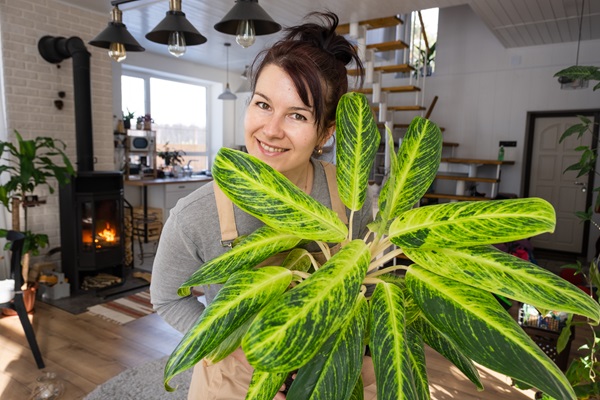
Tropical plants are distinguished by their need for warm and humid conditions reminiscent of their native equatorial environments. These plants typically thrive in temperatures between 65°F and 80°F, which aligns well with most indoor settings. High humidity, a crucial factor for their growth, can often be a challenge in drier climates. However, these plants are known for their lush foliage and vibrant colors, adding a touch of the tropics to any indoor space. Selecting the right tropical plant for your home involves considering these environmental needs to ensure their healthy growth.
Incorporating tropical plants into home interiors goes beyond mere aesthetics. They are natural air purifiers, removing toxins and improving indoor air quality. Studies have shown that having plants indoors can boost mood, reduce stress, and increase productivity. Their presence creates a calming, natural environment that enhances overall well-being. Additionally, caring for these plants can be a therapeutic hobby, offering a sense of accomplishment and a deeper connection with nature. From small apartments to spacious homes, tropical plants can bring a sense of tranquility and vibrant life to any living space.
Fiddle Leaf Fig – The Dramatic Choice
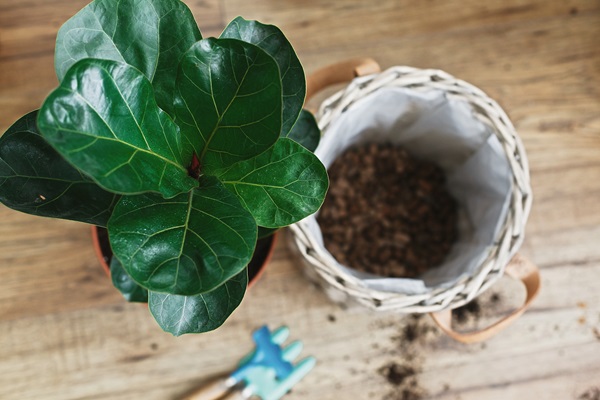
The Fiddle Leaf Fig, known for its large, glossy leaves, makes a dramatic statement in any space. Its towering presence and sculptural form have made it a favorite among interior designers. This plant prefers bright, indirect light and needs to be rotated regularly for even growth. Over-watering is a common issue; it’s best to allow the top inch of soil to dry out between waterings. Humidity is also crucial for its well-being, often necessitating misting or a humidifier in drier environments. With proper care, this plant can grow into a stunning indoor tree.
Choosing the right spot for a Fiddle Leaf Fig is key to its survival. A location near a window that receives ample but diffused light is ideal. However, it’s sensitive to drafts and temperature changes, so keeping it away from air vents and exterior doors is crucial. This plant can be prone to leaf drop when stressed, often due to over or under-watering, poor light conditions, or sudden environmental changes. Patience and attentiveness to its needs are essential, as it can be less forgiving than other houseplants. Despite these challenges, a thriving Fiddle Leaf Fig is a rewarding and impressive addition to any home.
Bird of Paradise – Bringing the Tropics Indoors
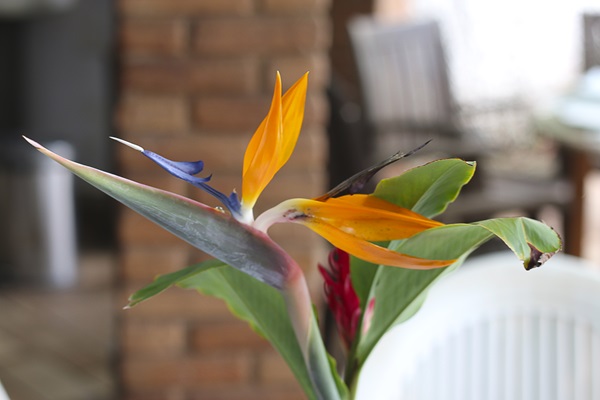
The Bird of Paradise, with its large, paddle-shaped leaves, brings an exotic and tropical feel to any room. This plant’s striking silhouette is often compared to that of a banana tree. It can grow quite tall, making it a perfect choice for filling vertical space in a room. The Bird of Paradise is known for its ability to add a dramatic flair to any decor. While it rarely blooms indoors, its lush foliage alone makes it a magnificent centerpiece. Its size and presence are ideal for creating a focal point in spacious rooms or offices.
This plant thrives in bright, indirect sunlight but can tolerate some direct sun. A south or west-facing window is ideal, providing the light intensity it craves. Due to its potential size, ample space is necessary for the Bird of Paradise to grow without constraint. Regular watering is essential, but allowing the soil to dry slightly between waterings will prevent root rot. It’s also adaptable to less humid environments, making it a relatively low-maintenance choice for a tropical plant. With enough light and space, the Bird of Paradise can grow into a stunning, sculptural element in your home.
Monstera Deliciosa – The Trendy Choice
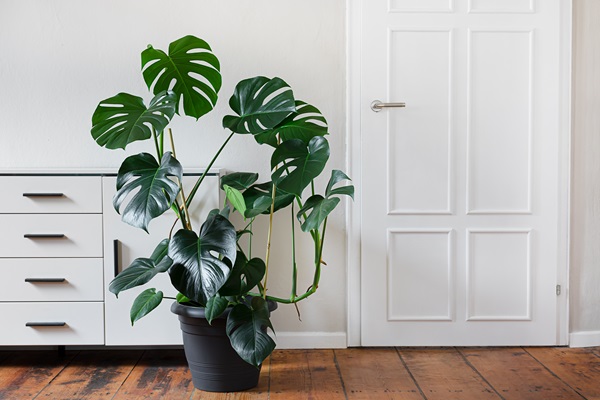
Monstera Deliciosa, commonly known as the Swiss Cheese Plant, is cherished for its unique, perforated leaves. These distinctive leaves can grow quite large, giving the plant a dramatic and lush appearance. As it matures, the Monstera develops splits and holes in its leaves, a natural adaptation to tropical rainforests. This feature allows light to pass through to the lower leaves and adds an intriguing visual element to its design. Its vining nature means it can be trained to climb or allowed to sprawl, offering versatility in its display in home settings.
Caring for Monstera Deliciosa is relatively straightforward, making it suitable for beginners. It prefers medium to bright indirect light but can adapt to lower light conditions. Over-watering is a common pitfall; waiting until the topsoil is dry before watering promotes healthy growth. High humidity is beneficial but not critical. One of the joys of owning a Monstera is its ease of propagation. By snipping off a section of stem with a node and leaf and placing it in water, you can grow a new plant. This makes it a rewarding choice for those interested in expanding their indoor garden.
Peace Lily – Low Maintenance and Elegant
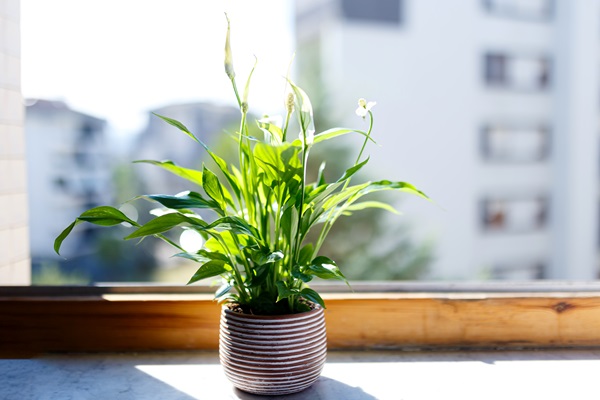
The Peace Lily, renowned for its elegant white blooms and dark green leaves, is a popular choice for those seeking a low-maintenance yet beautiful plant. Its ability to thrive in lower light conditions makes it an ideal plant for offices or rooms with less natural light. Not only does the Peace Lily add a touch of elegance to any space, but it also stands out as an excellent air purifier known for removing toxins from the environment. This plant’s ability to bloom even in indoor conditions adds a refreshing and lively touch to its surroundings.
One of the greatest advantages of the Peace Lily is its minimal care requirements. It prefers moist soil, but it’s crucial to avoid overwatering to prevent root rot. The plant is also forgiving if you forget to water it occasionally, making it suitable for busy plant owners. Providing a humid environment will help in maintaining its lush appearance, but it can tolerate less humid conditions. Its adaptability and the striking contrast between its flowers and foliage make the Peace Lily an attractive option for both novice and experienced plant enthusiasts.
Bromeliads – Colorful and Unique
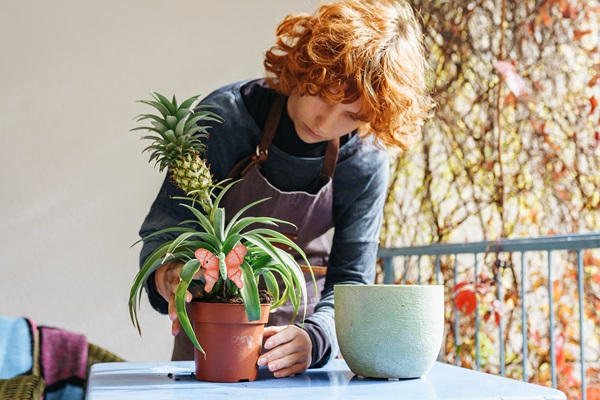
Bromeliads are a diverse group of plants known for their vibrant colors and unique, long-lasting flowers. They bring an exotic and tropical flair to any indoor setting, with varieties ranging in colors from bright reds and pinks to striking blues and purples. Their distinct rosette pattern of leaves, which often forms a central “cup” that collects water, adds architectural interest to any room. Bromeliads are versatile in their display, capable of growing in soil or attached to logs and rocks, offering creative options for incorporating them into home decor.
Caring for Bromeliads involves ensuring adequate light and the right watering technique. They prefer bright, indirect sunlight and require watering in the central cup as well as the soil. These plants enjoy high humidity but can adapt to average home environments. Their soil should be allowed to dry out slightly between waterings. Bromeliads are relatively pest-resistant and low maintenance, making them an excellent choice for those looking to add a pop of color with minimal effort. Additionally, after flowering, they produce pups or offsets, providing an opportunity to propagate new plants.
Alocasia – The Statement Plant
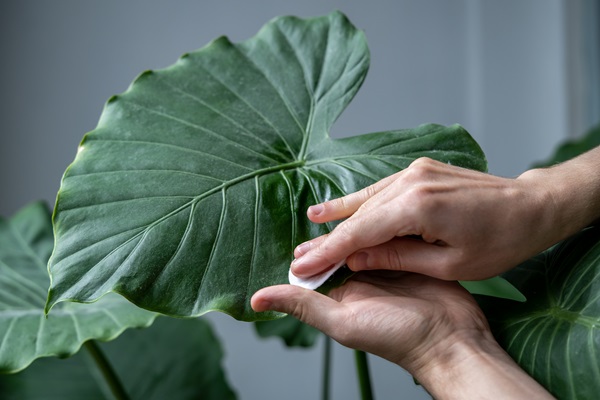
Alocasia, often referred to as the Elephant Ear plant, makes a bold statement with its large, arrow-shaped leaves and striking vein patterns. This plant is known for its architectural beauty, bringing a dramatic and exotic feel to any indoor space. The various species of Alocasia offer a range of leaf sizes and colors, from deep greens to metallic hues, providing options for different aesthetic preferences. This plant is not only a visual standout but also a conversation starter, ideal for plant lovers looking to add a unique and eye-catching element to their collection.
Caring for Alocasia involves a balance of proper lighting and moisture. It thrives in bright, indirect light but can be sensitive to direct sunlight. Consistent moisture is key, but it’s important to avoid waterlogging the soil. Alocasia prefers a humid environment, which can be achieved with regular misting or using a humidifier. Being a fast-growing plant, it may require regular repotting and pruning to maintain its shape and health. While it can be a bit more demanding in its care, the visual impact of Alocasia in an indoor setting is well worth the effort.
Snake Plant – The Hardy and Versatile Option
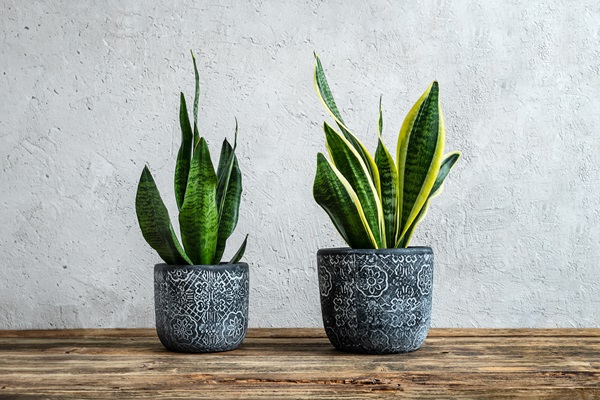
The Snake Plant, also known as Sansevieria, is celebrated for its hardiness and striking, upright leaves. Its sword-like foliage comes in various patterns and colors, ranging from dark green with bright yellow edges to lighter, variegated forms. This plant is not only a stylish addition to any space but is also highly effective in purifying indoor air, removing toxins such as formaldehyde and benzene. Its structural form and adaptability make it suitable for both modern and traditional decors, providing a touch of greenery without overwhelming the space.
One of the most appealing aspects of the Snake Plant is its low-maintenance nature. It can thrive in a wide range of lighting conditions, from low light to bright indirect sunlight, making it ideal for various indoor environments. Watering should be done sparingly, as the plant is drought-tolerant and prone to root rot if overwatered. The Snake Plant is also known for its resilience against pests and diseases, making it a perfect choice for beginners or those with a less-than-green thumb. Its ease of care, coupled with its air-purifying and aesthetic qualities, makes the Snake Plant a must-have in any collection of houseplants.
Bring The Tropics to Your Living Room
Embracing the world of tropical house plants can transform your living space into a vibrant, natural sanctuary. Each plant explored in this post offers unique beauty and benefits, from air purification to aesthetic enhancement. Remember to consider the specific needs and characteristics of these plants when choosing the perfect one for your home. You are encouraged to embark on this green journey, bringing a piece of the tropics into your everyday life. Your indoor oasis awaits!


